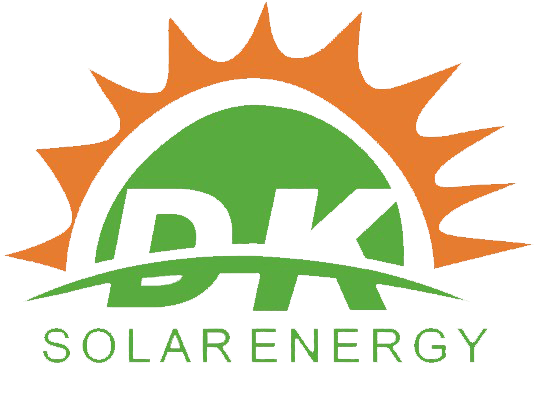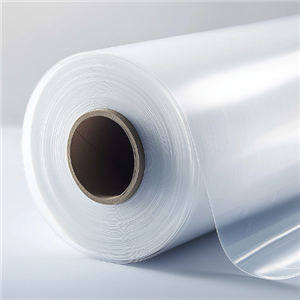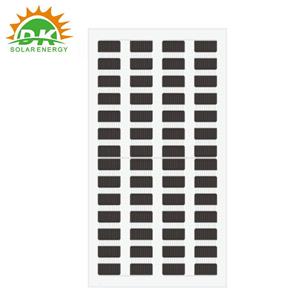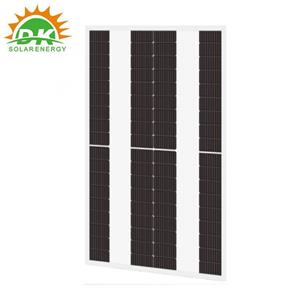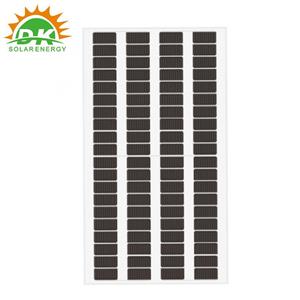Key Differences Between Double-sided and Single-sided Fluorinated Backsheets for Solar Panels
With the rapid growth of the photovoltaic industry, the demand for high - quality backsheets has been increasing. Fluorinated backsheets, known for their unique properties, have become a popular choice. In this context, a comparison between double - sided and single - sided coated fluorinated backsheets is not only timely but also essential for understanding their potential in diverse solar energy projects.
Double-sided Coated Fluorinated Backsheets (e.g., TPT, KPK three-layer structures)
Advantages :
1. Extremely High Weather ResistanceBoth the upper and lower layers are coated with fluorinated materials (such as PVDF or acrylate), forming a double protective layer that effectively withstands external erosion from ultraviolet (UV) rays, moisture, salt spray, etc. With an outdoor service life of over 25 years, it is currently the most reliable type of backsheet. Its weather resistance significantly outperforms other types in harsh environments like high-humidity coastal power stations or high-temperature desert power stations.
2. High Mechanical StrengthThe middle layer uses a PET substrate, combined with double-sided coatings, giving the backsheet high tensile strength and excellent puncture resistance. This makes it suitable for the mechanical stress requirements of large-scale photovoltaic (PV) modules, such as those with 182mm or 210mm large-size silicon wafers.
3. Mature Process and Strong CompatibilityThe production process is mature, and coating equipment has high penetration. It is well-compatible with mainstream EVA/POE encapsulants and aluminum frames, requiring no major adjustments to module packaging processes, which is suitable for large-scale production.
Disadvantages :
1. Higher CostFluorinated materials are expensive, and double-sided coating increases overall costs compared to fluorine-free backsheets. Using imported fluorinated materials further raises costs, limiting their application in price-sensitive distributed markets.
2. Environmental LimitationsFluorinated materials are classified as persistent organic pollutants (POPs), with strict recycling restrictions in some regions. Solvent-based adhesives may be used during production, posing risks of VOCs emissions.
3. Heavier WeightThe three-layer composite structure results in a higher unit weight, increasing the overall weight of the module. This is less favorable for high-altitude installations or flexible module scenarios.
Single-sided Coated Fluorinated Backsheets (e.g., KPC, TPC two-layer structures)
Advantages :
1. Significant Cost AdvantageOnly one side is coated with fluorinated material, while the inner layer uses PET or other low-cost coatings, reducing material costs significantly compared to double-sided coated types. In distributed power stations, such as residential PV and commercial/industrial rooftop projects, single-sided coated backsheets are more competitive due to their small scale and cost sensitivity.
2. Lightweight DesignEliminating one layer of coating reduces the backsheet’s thickness and weight, lowering transportation and installation costs. This makes it suitable for BIPV (building-integrated photovoltaics) and other weight-sensitive scenarios.
3. Improved Environmental PerformanceReduced use of fluorinated materials, combined with water-based adhesives or solvent-free coating processes in some products, lowers VOCs emissions and better complies with environmental regulations.
Disadvantages:
1. Slightly Weaker Weather ResistanceOnly the outer layer provides UV resistance, while the inner layer (in contact with the cell) relies on the chemical resistance of the PET substrate. Long-term use may cause yellowing and embrittlement of the inner layer due to (extracts) from the encapsulant (e.g., acetic acid), affecting the module’s long-term reliability. It is generally recommended for mild inland areas or small-to-medium projects with a service life requirement of 15–20 years, not suitable for harsh environments with high humidity or strong UV radiation.
2. Higher Process ComplexitySingle-sided coating requires precise control of coating thickness and uniformity to avoid weather resistance failures due to uneven coating. Additionally, improving the adhesion between the inner layer and the encapsulant requires primer technologies (e.g., corona treatment, plasma modification), resulting in higher process thresholds than double-sided coating.
3. Low Market RecognitionDownstream module manufacturers have insufficient long-term reliability data for single-sided coated backsheets, and large ground power station tenders still prefer double-sided coated types, leading to relatively slow market penetration.
Double-sided coated fluorinated backsheets dominate large ground power stations and harsh environment projects due to their superior weather resistance and mechanical strength. Single-sided coated fluorinated backsheets, however, are rapidly developing in distributed PV and BIPV fields due to their cost and lightweight advantages. With technological advancements, single-sided coated backsheets are enhancing their weather resistance through nano-coating modification and other methods, promising broader application scenarios in the future.
